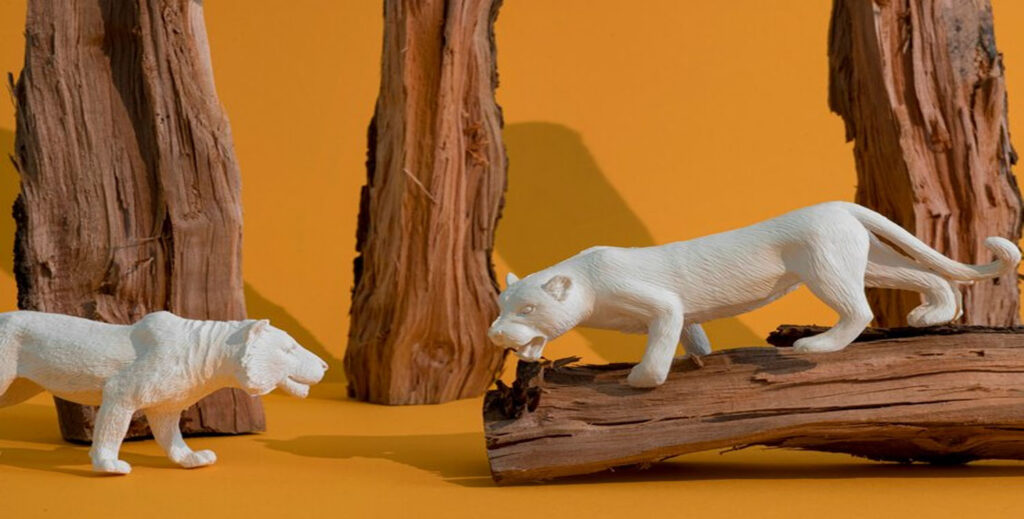In the world of art and craftsmanship, few practices are as intriguing and controversial as taxidermy. Among the skilled artisans in this field, “Taxidermy by Kane” stands out for its unique approach and dedication to the craft. This article will explore the art of taxidermy, the philosophy behind Taxidermy by Kane, and the impact it has on both the art community and wildlife conservation. Whether you are a seasoned enthusiast or a curious newcomer, this comprehensive guide will provide valuable insights into the fascinating world of taxidermy.
What is Taxidermy?

Taxidermy is the practice of preserving an animal’s body through the use of various techniques, allowing it to be displayed in a lifelike manner. This art form has been used for centuries, primarily for educational purposes, scientific research, and decorative displays. While taxidermy can evoke mixed feelings, it is essential to understand its historical significance and the skill involved in the process.
The History of Taxidermy
The origins of taxidermy can be traced back to ancient civilizations, where the preservation of animals was often linked to religious or cultural practices. However, it wasn’t until the 19th century that taxidermy gained popularity as a scientific discipline. Naturalists and explorers began to collect specimens from around the world, leading to the establishment of museums and collections that showcased the diversity of wildlife.
Taxidermy by Kane: An Overview
“Taxidermy by Kane” is a renowned taxidermy studio that has gained recognition for its exceptional craftsmanship and innovative techniques. Founded by Kane, a passionate taxidermist with years of experience, the studio has become a go-to destination for those seeking high-quality taxidermy work.
The Philosophy Behind Taxidermy by Kane
At Taxidermy by Kane, the philosophy revolves around respect for nature and a commitment to ethical practices. Kane believes that taxidermy should not only preserve the physical form of an animal but also honor its spirit and essence. This approach sets Taxidermy by Kane apart from other studios, as it emphasizes the importance of storytelling through the art of preservation.
Techniques and Craftsmanship
Taxidermy by Kane employs a range of techniques to achieve lifelike results. The process begins with the careful preparation of the specimen, which involves skinning, preserving, and mounting the animal. Kane uses high-quality materials and tools to ensure that each piece is crafted with precision and attention to detail.
Skinning and Preservation
The first step in the taxidermy process is skinning the animal. This requires a delicate touch and a deep understanding of anatomy. Once the skin is removed, it is treated with preservatives to prevent decay. Kane uses a combination of traditional methods and modern techniques to ensure the longevity of the specimen.
Mounting and Display
After the skin is preserved, the next step is mounting the animal on a form that replicates its natural posture. This is where Kane’s artistic skills come into play. He carefully sculpts the form to capture the animal’s unique characteristics, ensuring that the final product is both realistic and aesthetically pleasing.
The Impact of Taxidermy by Kane
Taxidermy by Kane has made a significant impact on both the art community and wildlife conservation efforts. Through his work, Kane has raised awareness about the importance of preserving wildlife and the delicate balance of ecosystems.
Promoting Wildlife Conservation
One of the core missions of Taxidermy by Kane is to promote wildlife conservation. By showcasing the beauty and diversity of animals through taxidermy, Kane aims to educate the public about the importance of protecting natural habitats and endangered species. His work serves as a reminder of the fragility of wildlife and the need for responsible stewardship of the environment.
Engaging with the Community
Taxidermy by Kane actively engages with the community through workshops, exhibitions, and educational programs. These initiatives provide opportunities for individuals to learn about the art of taxidermy, as well as the ethical considerations involved in the practice. By fostering a deeper understanding of wildlife and conservation, Kane hopes to inspire a new generation of nature enthusiasts.
The Controversy Surrounding Taxidermy
While taxidermy can be a beautiful and educational art form, it is not without controversy. Many people have strong opinions about the practice, often stemming from ethical concerns regarding the treatment of animals. It is essential to address these concerns and understand the importance of ethical taxidermy.
Ethical Considerations
At Taxidermy by Kane, ethical considerations are paramount. Kane adheres to strict guidelines regarding the sourcing of specimens, ensuring that all animals are obtained legally and ethically. This commitment to ethical practices helps to alleviate some of the concerns surrounding taxidermy and reinforces the idea that the art form can coexist with wildlife conservation efforts.



